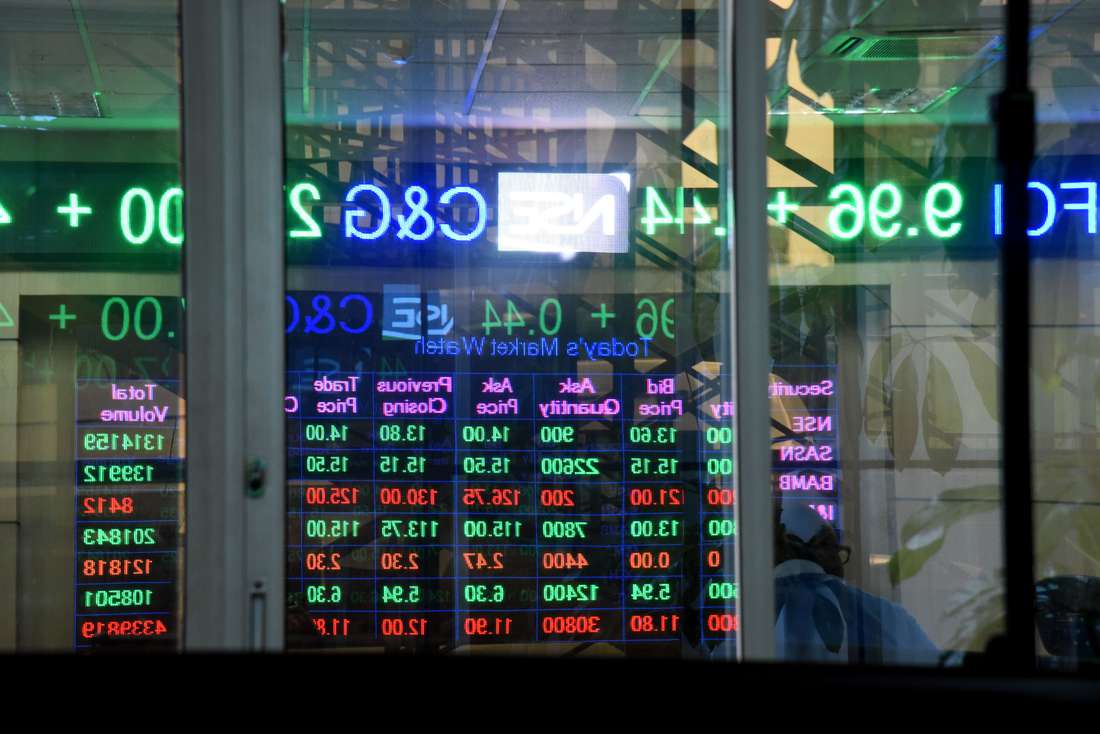Third quarter earnings season that is currently winding down has seen the equities market rally with NASI, NSE 20 and NSE 25 gaining by 2.8 per cent, 3.8 per cent and 5.4 per cent respectively.
But the short-term rally is masking underlying problems that do not bode well for the future. An analysis of the underlying strength of companies in one economically sensitive sector – that of manufacturing – highlights the trend.
The sector, which was expected to bounce back as a result of continued recovery in demand from the strict lockdown, is still on a knife’s edge.
Recent Stanbic Bank Kenya PMI confirms this; the index edged down to 50.4, from 51.1 in the previous month, pointing to the weakest improvement in private sector business activity in the current five month sequence of growth.
For these companies, many are still struggling with supply chain hassles, border closures and quarantine measures.
Lately, higher energy prices are also sparking fear of inflationary pressures – the consumer price index (CPI) stood at 6.91 per cent last month, up from 5.6 per cent 10 months ago.
This is a major concern as higher energy prices are expected to affect living costs and weaken sales growth.
In fact, the majority (72 per cent) of respondents in the PMI survey hold a pessimistic view for the next 12 months owing to creeping inflationary pressures and the uncertainty surrounding the pandemic.
No wonder Kenya’s trade balance has deteriorated significantly especially in the 12 months period ending in March 2021.
Estimates by the Central Bank show that the deficit increased by 36 per cent from Sh214 billion (Q1, 2020) to a deficit of Sh291 billion (Q1, 2021).
All this narrative is to state that investors need to monitor all industries and companies within them, carefully observe whether the overall momentum over the past four to five months can sustain companies or just prop them up for a while longer.So far, investor confidence seems to be based on what people believe will happen, rather than what the realities of the industry’s quarterly results and balance sheets have shown.To give an example of this disconnect – by March this year, the real estate sector led in the highest increase in non-performing loans (by 14.9 per cent or Sh9.2 billion) as a result of disruptions caused by the pandemic followed by agriculture and tourism sectors, which increased by 10.7 per cent and 7.3 percent respectively.However, the NASI’s Price-to-Earnings Growth […]
